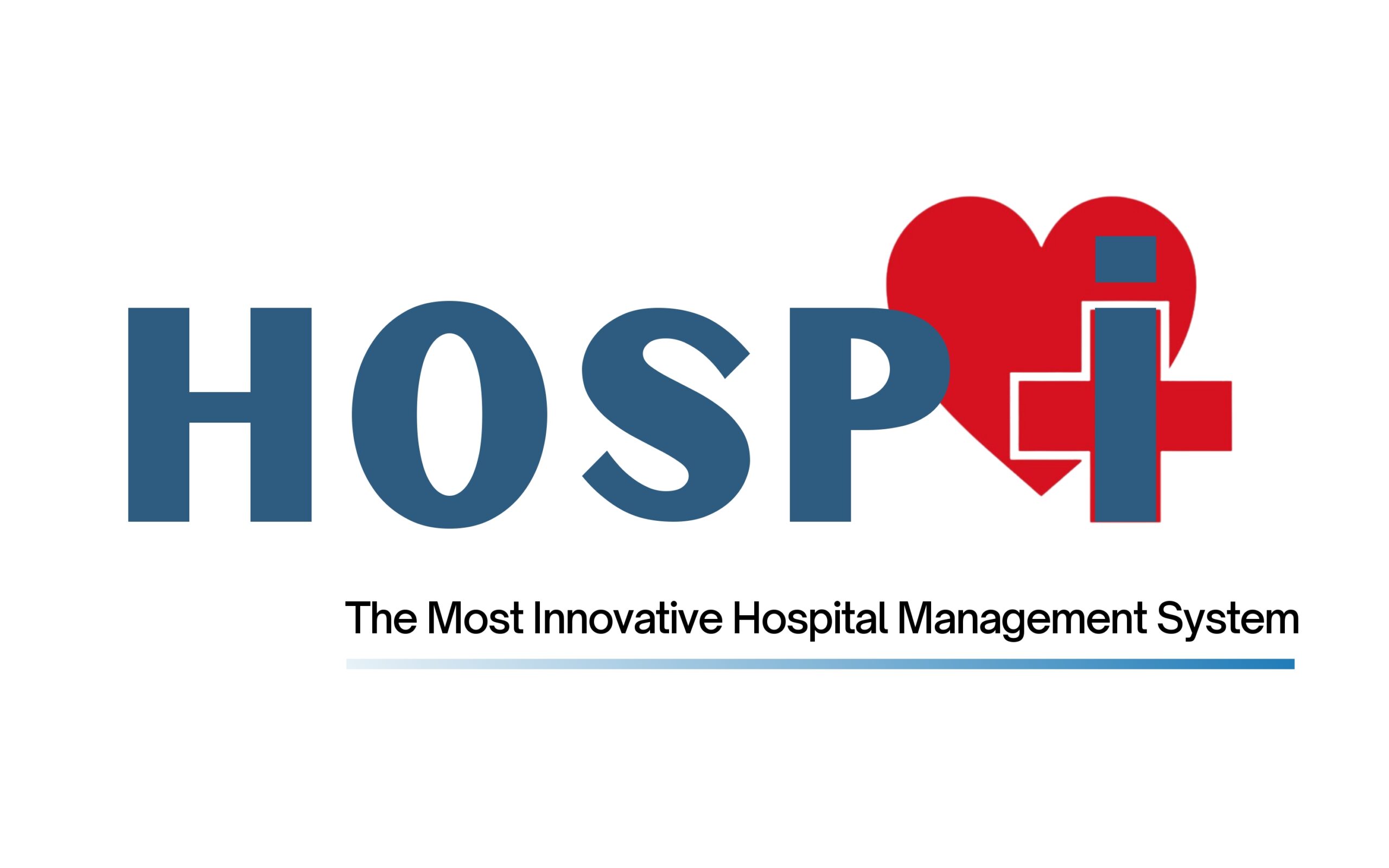In recent years, the rapid advancement of technology has brought about a paradigm shift in the way we access healthcare services. Telehealth, a revolutionary approach that combines telecommunications and health services, has emerged as a game-changer, transforming the healthcare landscape. With the keyword “telehealth” at the forefront, this article delves into how this innovative solution is changing the way we receive care, offering convenience, accessibility, and improved patient outcomes.
Telehealth: Redefining Healthcare Access
Telehealth, also known as telemedicine, utilizes digital communication tools to connect patients with healthcare providers remotely. Gone are the days when individuals had to physically visit a healthcare facility for routine check-ups or consultations. With telehealth, patients can now access healthcare services from the comfort of their own homes. This accessibility has the potential to bridge geographical barriers, especially in rural and underserved areas where access to quality healthcare is limited.
Convenience and Time Efficiency
Telehealth eliminates the need for long commutes, waiting rooms, and prolonged appointment scheduling. Patients can connect with healthcare professionals via video conferencing or mobile apps, allowing for real-time consultations. This convenience is particularly beneficial for individuals with mobility challenges, busy professionals, or those residing in remote locations. By leveraging telehealth services, patients save valuable time and experience increased convenience, leading to improved healthcare outcomes.
Enhanced Patient Engagement
In traditional healthcare settings, patients often face barriers to engagement due to various factors, such as language barriers, anxiety, or limited access to healthcare information. Telehealth breaks down these barriers by providing patients with access to a wider range of healthcare professionals who may have specialized knowledge or language proficiency. Patients can actively engage in their healthcare journey, asking questions, sharing concerns, and actively participating in their treatment plans. This empowerment fosters a stronger patient-provider relationship and promotes patient-centric care.
Continuity of Care and Chronic Disease Management
Telehealth plays a vital role in ensuring continuity of care, especially for individuals with chronic illnesses. Through remote monitoring devices and teleconsultations, healthcare providers can regularly track and manage patients’ conditions, making necessary adjustments to treatment plans in real-time. This proactive approach minimizes the risk of exacerbations, reduces hospital readmissions, and improves overall patient outcomes. Patients with chronic diseases, such as diabetes or hypertension, can receive ongoing support and education, leading to better disease management and improved quality of life.
Mental Health Support
The rise of telehealth has been particularly transformative in the field of mental health. Many individuals hesitate to seek therapy or counseling due to the stigma associated with mental health issues. Telehealth services offer a discreet and accessible platform for patients to access mental health professionals from the comfort and privacy of their own homes. Remote therapy sessions and mental health apps provide a lifeline for those struggling with anxiety, depression, or other mental health conditions. Telehealth’s role in mental health support cannot be understated, as it broadens the reach of mental health services and promotes early intervention.
Telehealth in Rural and Underserved Communities
One of the most significant impacts of telehealth is its ability to address healthcare disparities in rural and underserved communities. These areas often lack access to specialized healthcare services due to geographical constraints. Telehealth bridges this gap by enabling patients in remote areas to connect with healthcare professionals from urban centers. Through virtual consultations and remote monitoring, individuals in rural communities can receive timely diagnoses, access expert opinions, and receive necessary treatments without the need for long-distance travel. This not only improves healthcare outcomes but also reduces the financial burden on patients who would otherwise have to incur travel expenses.
Telehealth for Emergency and Urgent Care
Telehealth is transforming emergency and urgent care by providing immediate access to medical professionals. In situations where time is of the essence, telehealth allows individuals to receive timely consultations, diagnoses, and guidance from emergency physicians. Through video conferencing or mobile apps, healthcare providers can assess symptoms, offer immediate advice, and determine the appropriate course of action. This real-time communication can prove vital in critical situations, potentially saving lives and reducing the strain on emergency departments.
Telehealth and Preventive Medicine
Preventive healthcare plays a crucial role in maintaining overall well-being and reducing the burden of chronic diseases. Telehealth has emerged as a powerful tool for promoting preventive medicine. Patients can engage in virtual health screenings, preventive counseling, and lifestyle modification programs from their homes. Telehealth platforms offer educational resources, preventive screening reminders, and personalized health plans for proactive health management. By facilitating early detection and intervention, telehealth contributes to reducing the incidence of preventable diseases and promoting a healthier population.
Telehealth and Healthcare Provider Collaboration
Telehealth fosters collaboration among healthcare professionals, enabling them to consult, share knowledge, and collaborate on patient care. Through secure electronic health records and teleconferencing, multidisciplinary teams can discuss cases, exchange expertise, and develop comprehensive treatment plans. This collaboration not only enhances the quality of care but also improves healthcare efficiency. Telehealth bridges healthcare providers, providing holistic, well-coordinated care across medical specialties and facilities.
Conclusion
Telehealth has brought about a transformative shift in healthcare delivery, revolutionizing access, convenience, and patient engagement. Telehealth revolutionizes healthcare by providing underserved services, enabling emergency care, promoting preventive medicine, and facilitating provider collaboration. As technology continues to advance, it holds tremendous potential to further enhance healthcare outcomes, reduce costs, and improve patient satisfaction. Embracing integrated healthcare ensures quality care for all, regardless of geographical or socioeconomic barriers, paving the way for a future.
To read some more articles like this, Visit this site: https://hospi.info/blog



